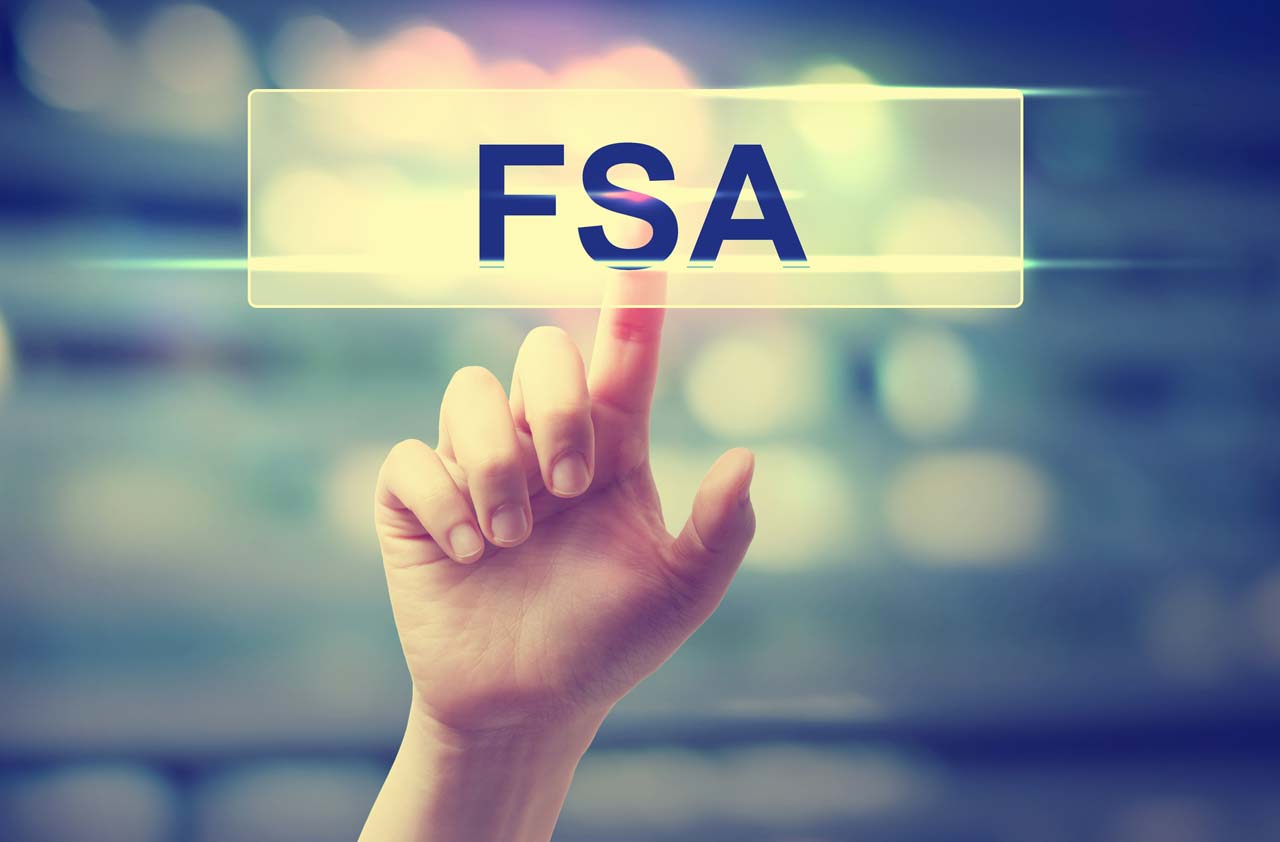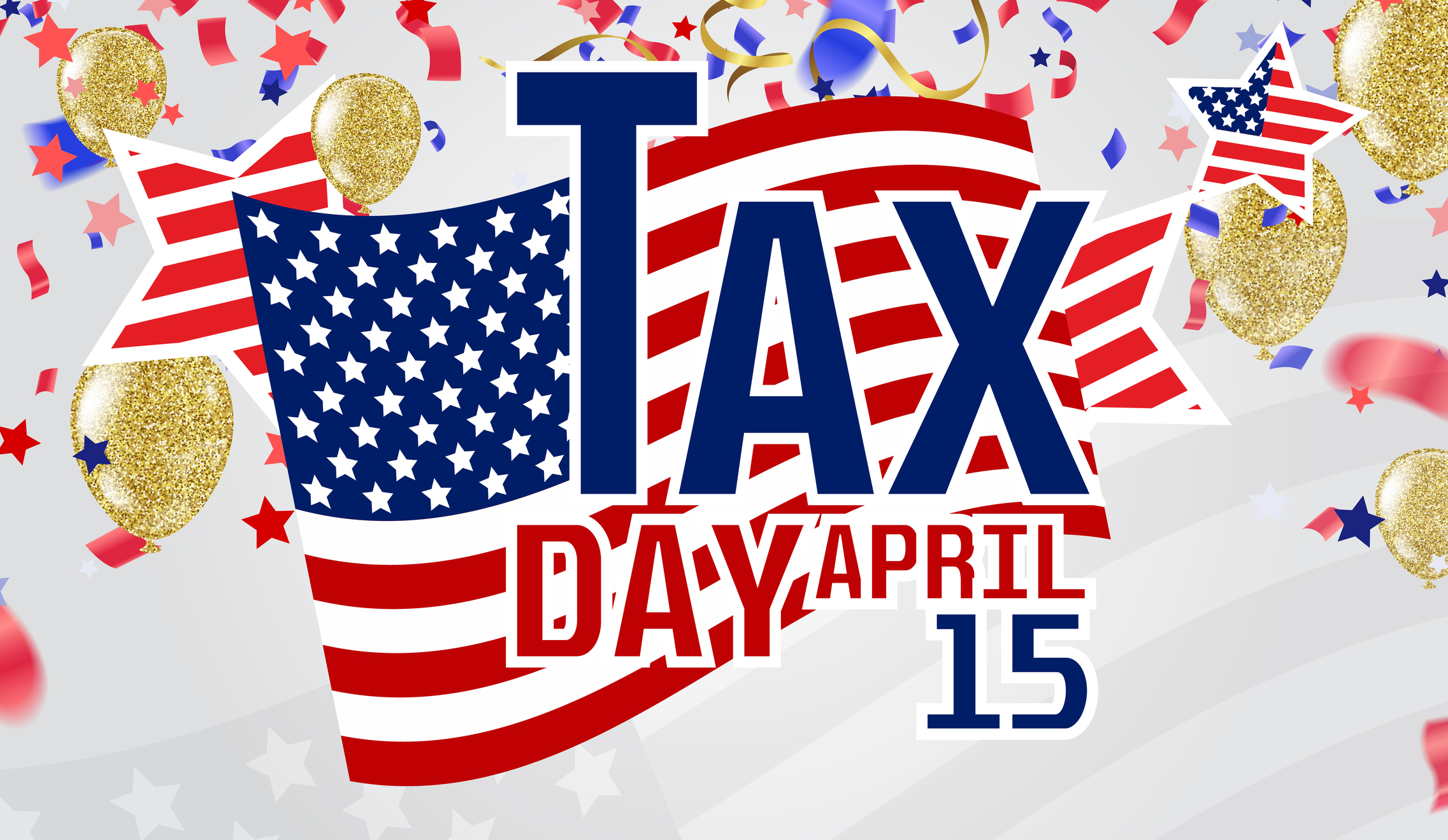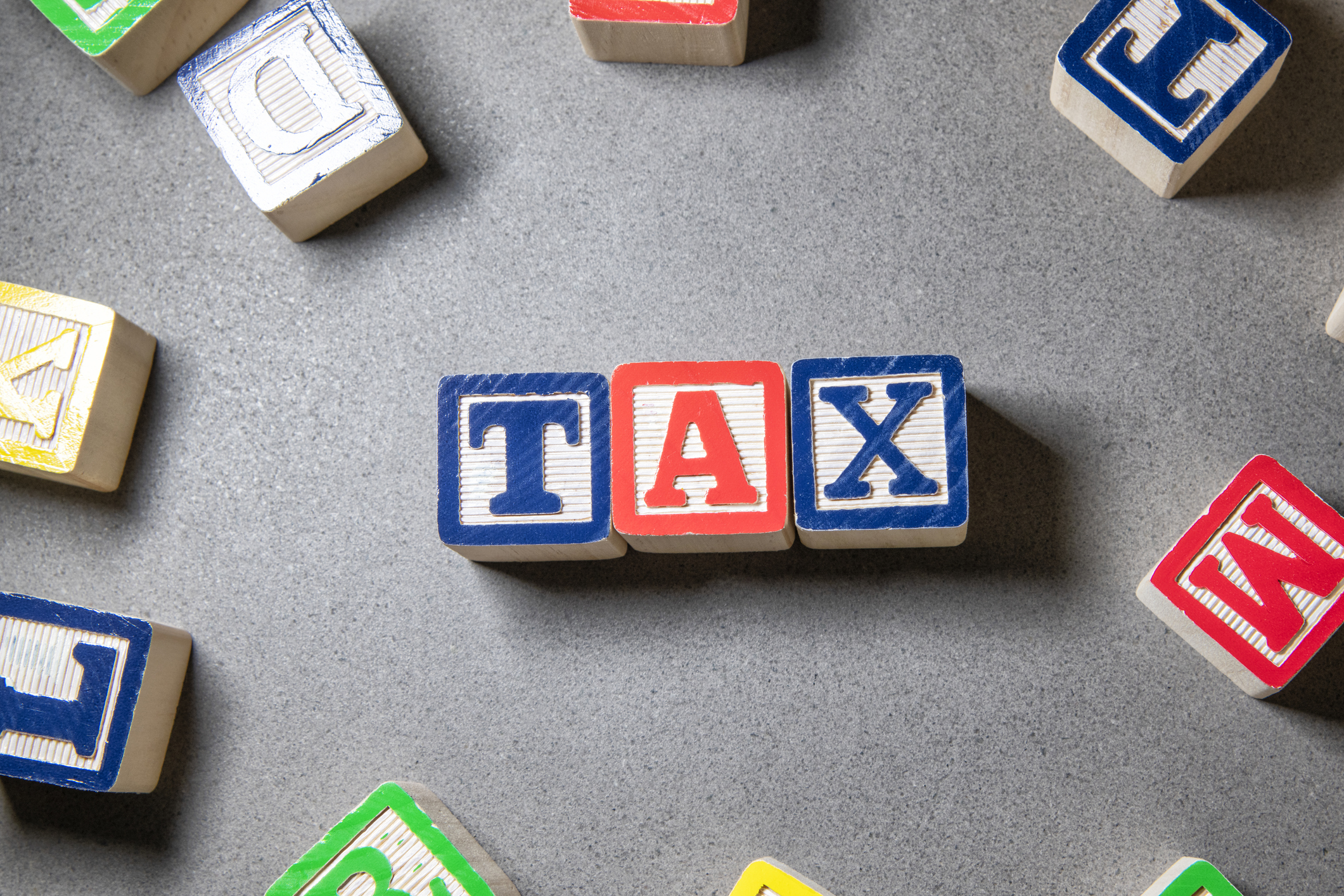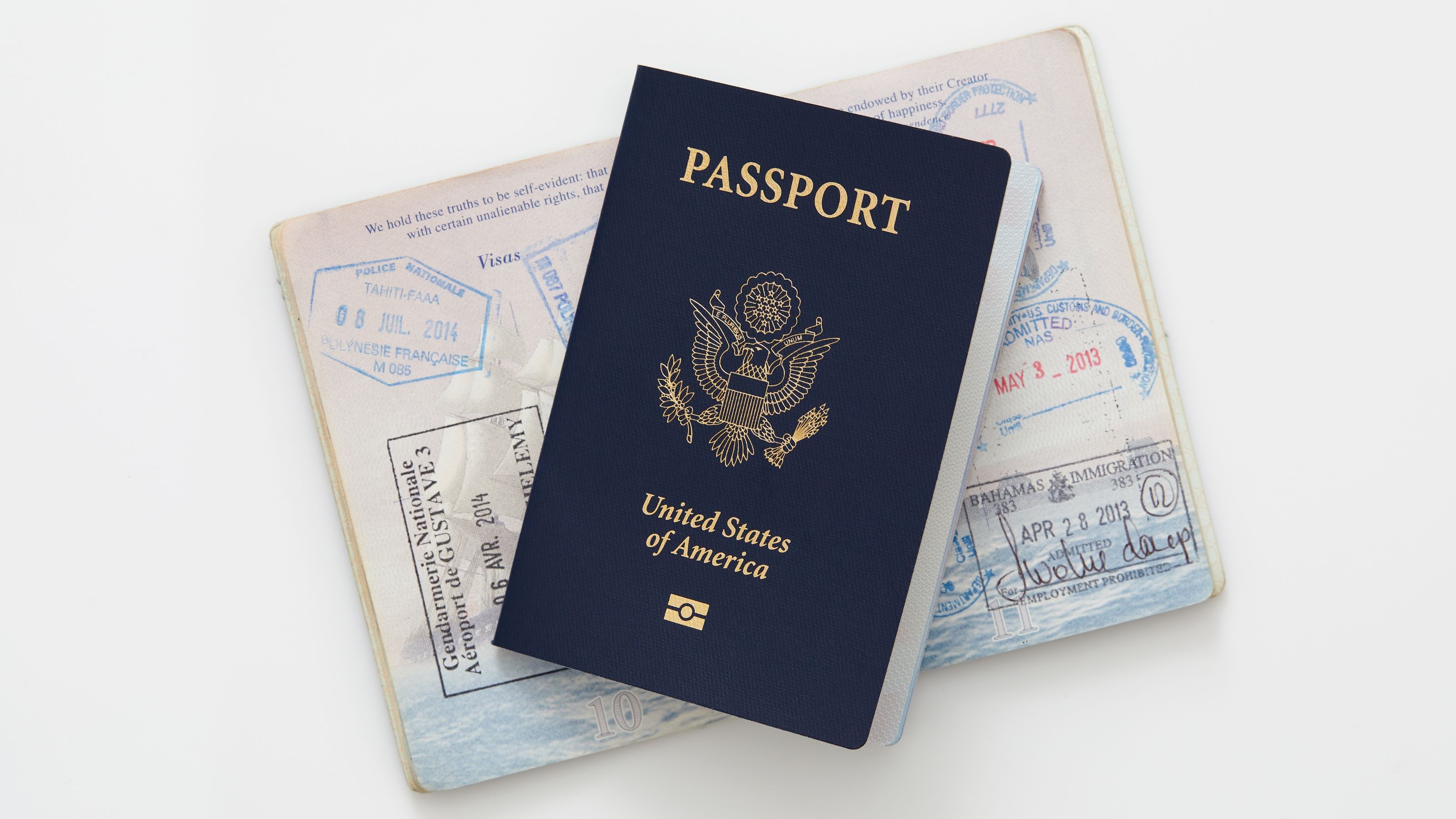Dependent-Care Flexible Spending Accounts Aren't Just for Kids' Expenses
You can use the money tax-free to cover care for dependents of all ages while you work.


Can I use money from my employer's dependent-care flexible spending account to pay for adult day care for my elderly mother, or is the account just for child care?
The dependent-care FSA isn't just for children. You can also use the money tax-free to cover care for other dependents while you work. To qualify, the person must live with you. Plus, either he or she must be considered your dependent for tax purposes or you must provide more than 50% of his or her support during the year. He or she must also be physically or mentally incapable of self-care, which the IRS defines as someone who cannot dress, clean or feed themselves because of physical or mental impairments, as well as people who must have constant attention to prevent them from injuring themselves.
To qualify, the care must be provided so you and your spouse can work (one of you can be a full-time student), unless the eligible dependent is your spouse.

Sign up for Kiplinger’s Free E-Newsletters
Profit and prosper with the best of expert advice on investing, taxes, retirement, personal finance and more - straight to your e-mail.
Profit and prosper with the best of expert advice - straight to your e-mail.
You and your spouse can contribute a total of up to $5,000 annually to a dependent-care FSA. The money escapes federal income taxes as well as Social Security and Medicare taxes; it may also avoid state income taxes.
For more information about the dependent-care FSA rules, including a detailed description of eligible dependents, see the Dependent Care FSA page from WageWorks, which administers employer FSA programs.
If you don't have a dependent-care FSA at work, your expenses may be eligible for the dependent-care tax credit. Up to $3,000 for one qualifying individual or $6,000 for two or more (which can include children under 13 as well as eligible adult dependents) qualifies for the write-off. As with the dependent-care FSA, both you and your spouse must have earned income from a job, unless one is a full-time student (or is the eligible person who is receiving care). The credit is worth 20% to 35% of caregiving expenses, depending on your income. For example, it’s worth 20% of the eligible expenses if your adjusted gross income is more than $43,000. For more information, see IRS Publication 503, Child and Dependent Care Expenses.
Even if you've used the maximum $5,000 from a dependent-care FSA at work, up to $1,000 in additional care expenses could still qualify for the dependent-care credit if you pay for care for two or more eligible people (such as a child under 13 and an elderly parent). See Claiming the Dependent-Care Tax Credit.
Get Kiplinger Today newsletter — free
Profit and prosper with the best of Kiplinger's advice on investing, taxes, retirement, personal finance and much more. Delivered daily. Enter your email in the box and click Sign Me Up.

As the "Ask Kim" columnist for Kiplinger's Personal Finance, Lankford receives hundreds of personal finance questions from readers every month. She is the author of Rescue Your Financial Life (McGraw-Hill, 2003), The Insurance Maze: How You Can Save Money on Insurance -- and Still Get the Coverage You Need (Kaplan, 2006), Kiplinger's Ask Kim for Money Smart Solutions (Kaplan, 2007) and The Kiplinger/BBB Personal Finance Guide for Military Families. She is frequently featured as a financial expert on television and radio, including NBC's Today Show, CNN, CNBC and National Public Radio.
-
 33 Stocks That Could Rally 50% or More This Year
33 Stocks That Could Rally 50% or More This YearAnalysts say these S&P 500 stocks have at least 50% price upside over the next year or so.
By Dan Burrows
-
 Stock Market Today: Dow Drops 971 Points as Powell Pressure Ramps Up
Stock Market Today: Dow Drops 971 Points as Powell Pressure Ramps UpPresident Trump is increasing his attacks against Jerome Powell, insisting the Fed chair cut interest rates.
By Karee Venema
-
 Tax Day 2025: Don’t Miss These Freebies, Food Deals and Discounts
Tax Day 2025: Don’t Miss These Freebies, Food Deals and DiscountsTax Day You can score some sweet deals on April 15 in some select restaurants like Burger King, Shake Shack, and more.
By Gabriella Cruz-Martínez
-
 2025 Family Tax Credits: Four IRS Changes That Can Save You Money
2025 Family Tax Credits: Four IRS Changes That Can Save You MoneyFamily Tax Credits Explore the new IRS-adjusted amounts for popular family tax credits.
By Gabriella Cruz-Martínez
-
 The Big CPA Shortage Problem in Accounting: What it Means for Your Tax Return
The Big CPA Shortage Problem in Accounting: What it Means for Your Tax ReturnCareer This once resilient accounting industry is cracking, as the labor force seems in dire straits. It’s also affecting the IRS.
By Gabriella Cruz-Martínez
-
 IRS: How to Get a 401(k) Match for Your Student Loan Payment
IRS: How to Get a 401(k) Match for Your Student Loan PaymentSavings Those with 401(k), 403(b), and other savings plans might get relief through their employer-provided retirement account.
By Kate Schubel
-
 Non-Eligible HSA Expenses: When a Doctor’s Note Isn’t Enough
Non-Eligible HSA Expenses: When a Doctor’s Note Isn’t EnoughHealth Savings It's easy to get confused about whether diet products, gym memberships, and fitness trackers are HSA-eligible items.
By Katelyn Washington
-
 Roth IRA Contribution Limits for 2025
Roth IRA Contribution Limits for 2025Roth IRAs Roth IRA contribution limits have gone up. Here's what you need to know.
By Jackie Stewart
-
 Five Tax Breaks for Paying Your Student Loan
Five Tax Breaks for Paying Your Student LoanTax Letter After a three-year pause, student loan payments have resumed, putting a dent in people's wallets. But there are some tax breaks that can help.
By Joy Taylor
-
 Pay Your Tax Debts if You Want to Keep Your Passport: Kiplinger Tax Letter
Pay Your Tax Debts if You Want to Keep Your Passport: Kiplinger Tax LetterTax Letter Are you applying for or renewing a passport? Be sure you’ve paid your federal taxes.
By Joy Taylor